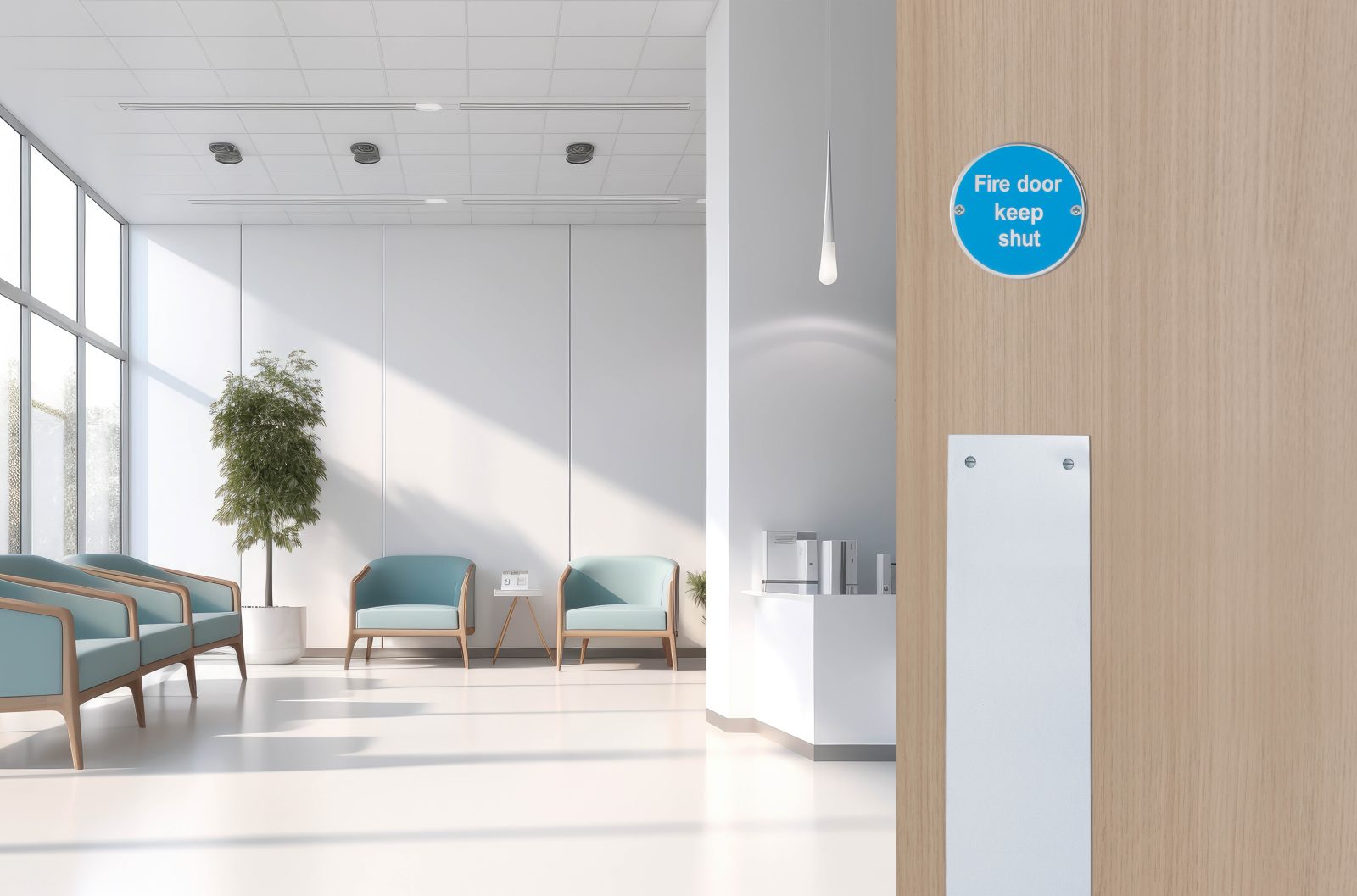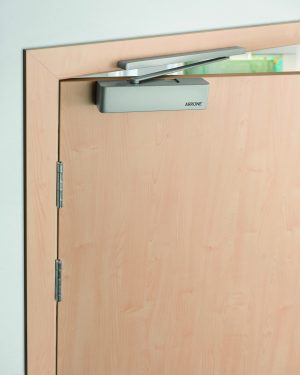Ensuring compliance and safety in care homes


Andy Syms, senior business development manager at Hoppe (UK), explains key considerations for door hardware in care homes.
In care home environments, especially those that house vulnerable residents, door hardware can provide a range of benefits to a building’s fire safety, security and everyday operation if chosen, installed, and maintained correctly.
When choosing door hardware for such facilities, there is a lot to consider. Ensuring compliance with regulations, while also meeting the diverse needs of residents, can be time-consuming. However, getting it right is crucial – not only for legal reasons but also for the wellbeing of the residents who rely on these facilities.
Understanding the legislation
The UK-wide Disability Discrimination Act (DDA) 1995 laid the foundation for improving accessibility in all buildings, including care homes.
By 2004, the DDA required all existing buildings to be upgraded, where practical, to improve access for disabled users, with new constructions needing to comply fully with accessibility standards.
It was replaced by the Equality Act 2010 in England, Scotland and Wales, which further expanded these requirements, integrating various anti-discrimination laws into a comprehensive framework. It emphasises the necessity of making ‘reasonable adjustments’ to ensure that disabled individuals can access services as effectively as others.
The term ‘reasonable adjustments’ refers to the modifications or adaptations necessary to avoid putting disabled individuals at a disadvantage.
For door hardware, this means adhering to best practice guidelines such as Approved Documents related to Building Regulations, BS 8300-1:2018 on the design of an accessible and inclusive built environment relating to external areas such as streets, parks and landscaped areas, as well as BS 8300-2:2018 on designing buildings and internal spaces so they are accessible and inclusive.
These standards help specifiers determine what adjustments are necessary and reasonable, ensuring that door hardware meets the specific needs of care home residents.
For many residents in care homes, particularly those with reduced strength or mobility, opening doors can be challenging. Mechanical door closers – necessary for fire safety – must be carefully chosen to ensure they do not create undue difficulty. At the same time, they must be able to retain performance in the event of a fire.
BS 8300-2 outlines that doors should require no more than 30N to open from 0° to 30°, and no more than 22.5N from 30° to 60°. If standard door closers cannot achieve these limits, alternative solutions such as swing-free devices or electromagnetic hold-open units should be considered.
Clear opening widths
Doorways must be wide enough to accommodate wheelchairs and other mobility aids commonly used by care home residents.
BS 8300-2 specifies the minimum effective clear widths required for doorways, with a recommended clear opening width of 800mm to 825mm for most applications. This ensures that doorways provide adequate space for all users.
Lever handle design
Lever handles are a preferred choice in care homes due to their ease of use, especially for residents with limited dexterity. They also allow the door to be opened using a closed fist – a requirement of DDA 1995.
BS 8300-2 also provides specific guidelines to ensure these handles are accessible. The hand grip zone should be at least 95mm, and the lever section should have a minimum diameter of 19mm. These handles should be installed at a height of 800-1,050mm from the floor; 900mm is ideal.
Visual contrast
Ensuring door hardware is easily identifiable against the backdrop of the door and surrounding environment is crucial for residents with visual impairments.
BS 8300 recommends a contrast of at least 15 Light Reflectance Value (LRV) points between the door furniture and the door itself. This helps residents locate and use door handles more easily, enhancing overall safety.
The task of choosing door hardware for care homes is indeed complex, but it is a critical element in creating safe, compliant, and accessible spaces for some of the most vulnerable members of society.
By adhering to the guidelines within the Equality Act 2010, BS 8300, and related standards, it ensures the choices made not only meet regulatory requirements but also enhance the quality of life for care home residents.